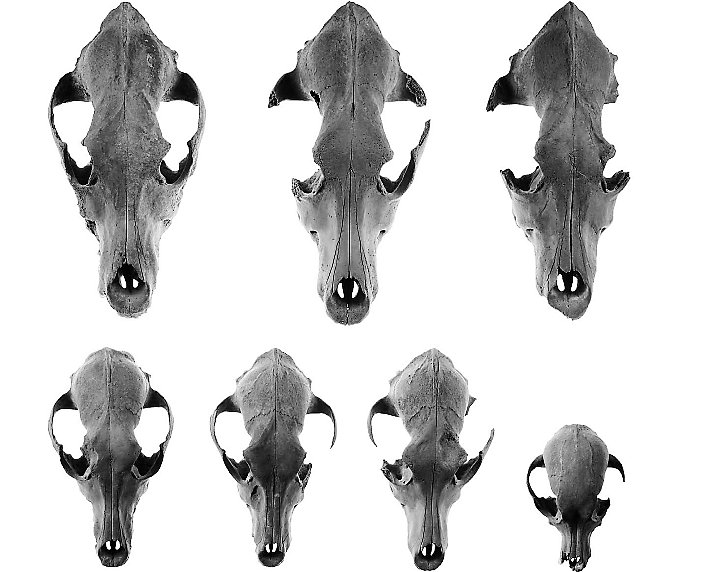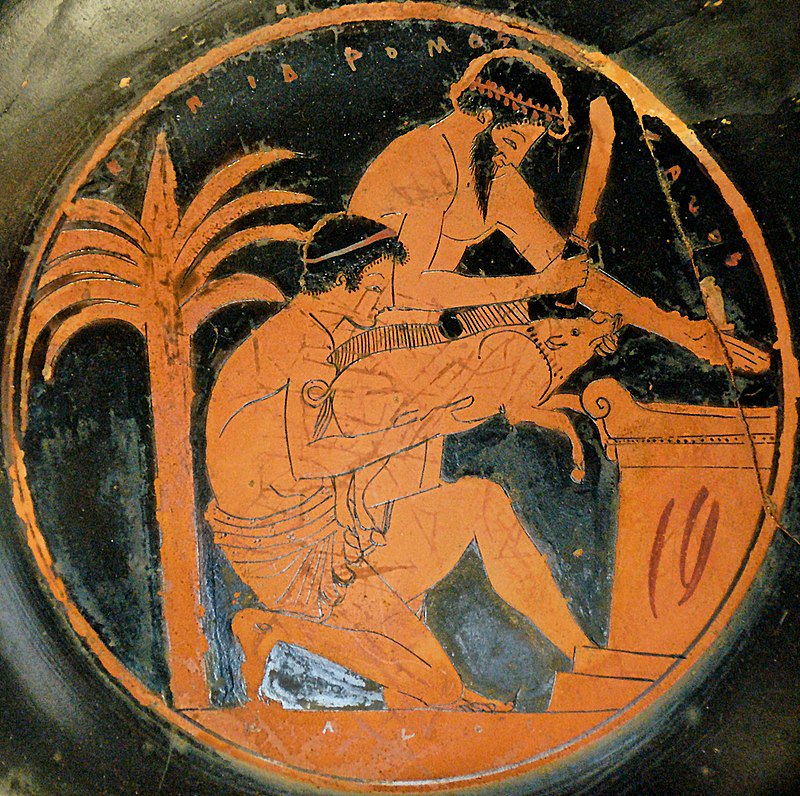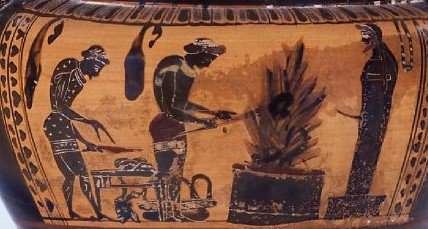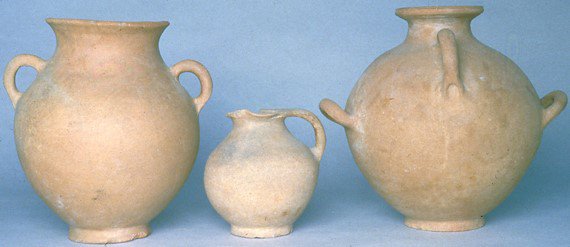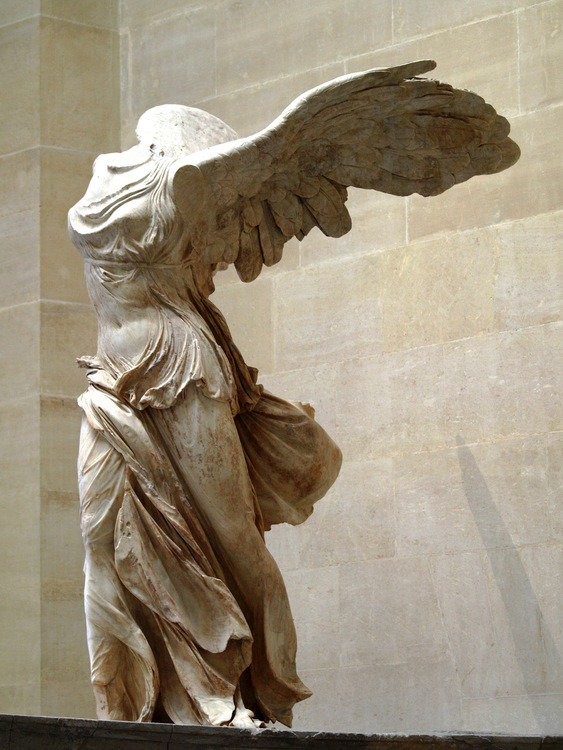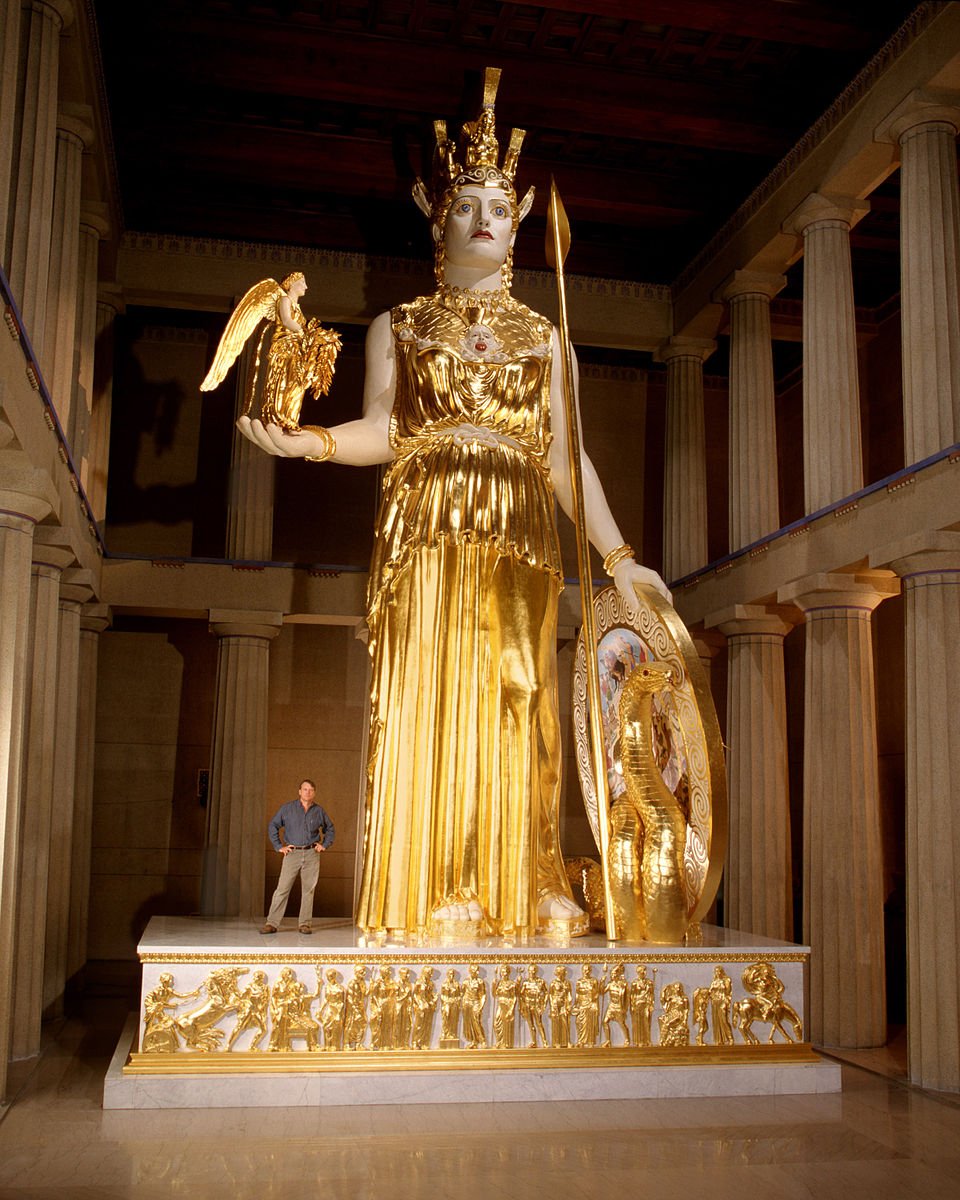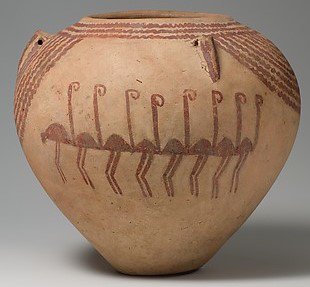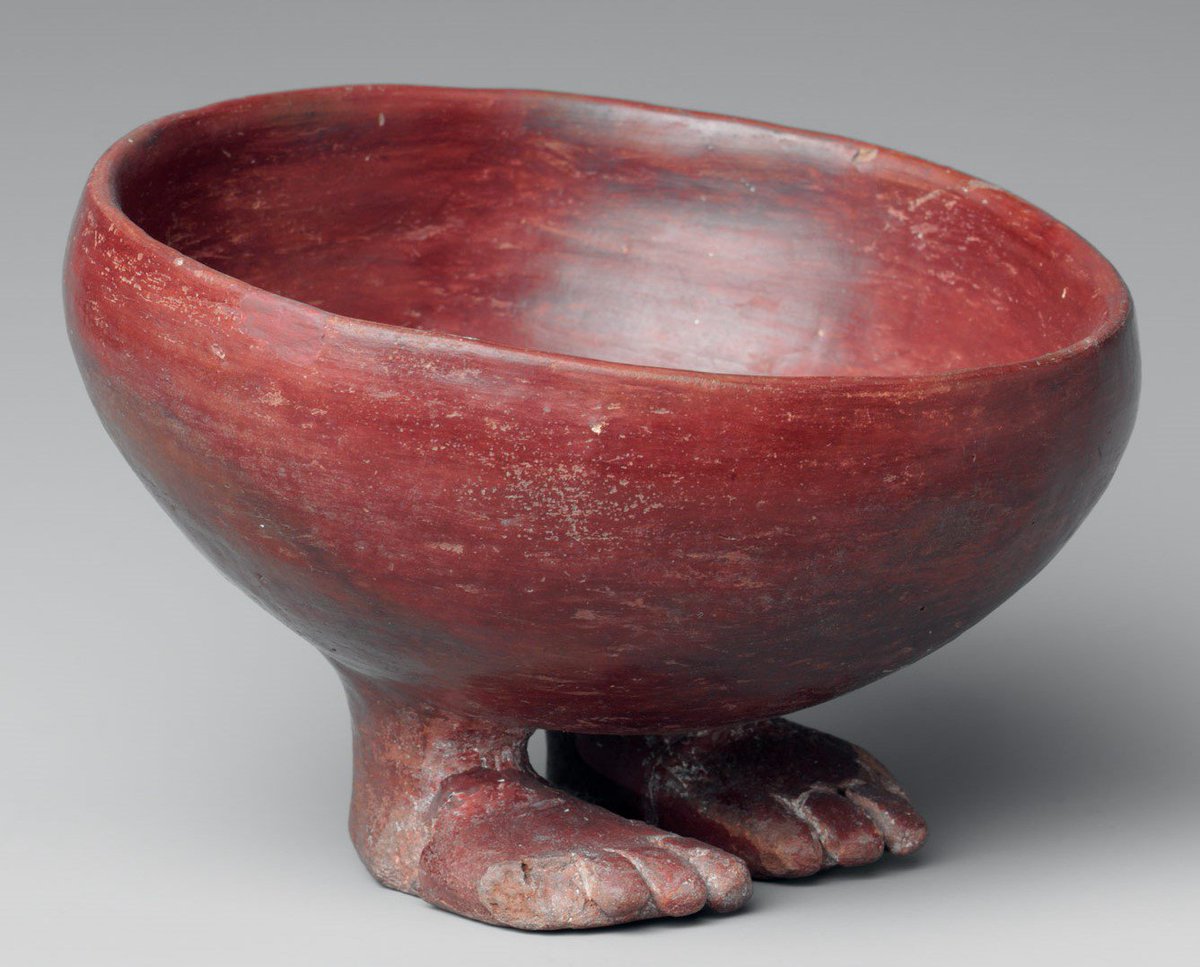Introducing #ClassicalZooarchaeology
This is my 1st thread highlighting how animal bones can answer important questions in the ancient Mediterranean
#Zooarchaeology is often thought of as a niche study, but it relates to traditional forms of evidence
#scicomm #humanities
/1
This is my 1st thread highlighting how animal bones can answer important questions in the ancient Mediterranean
#Zooarchaeology is often thought of as a niche study, but it relates to traditional forms of evidence
#scicomm #humanities
/1
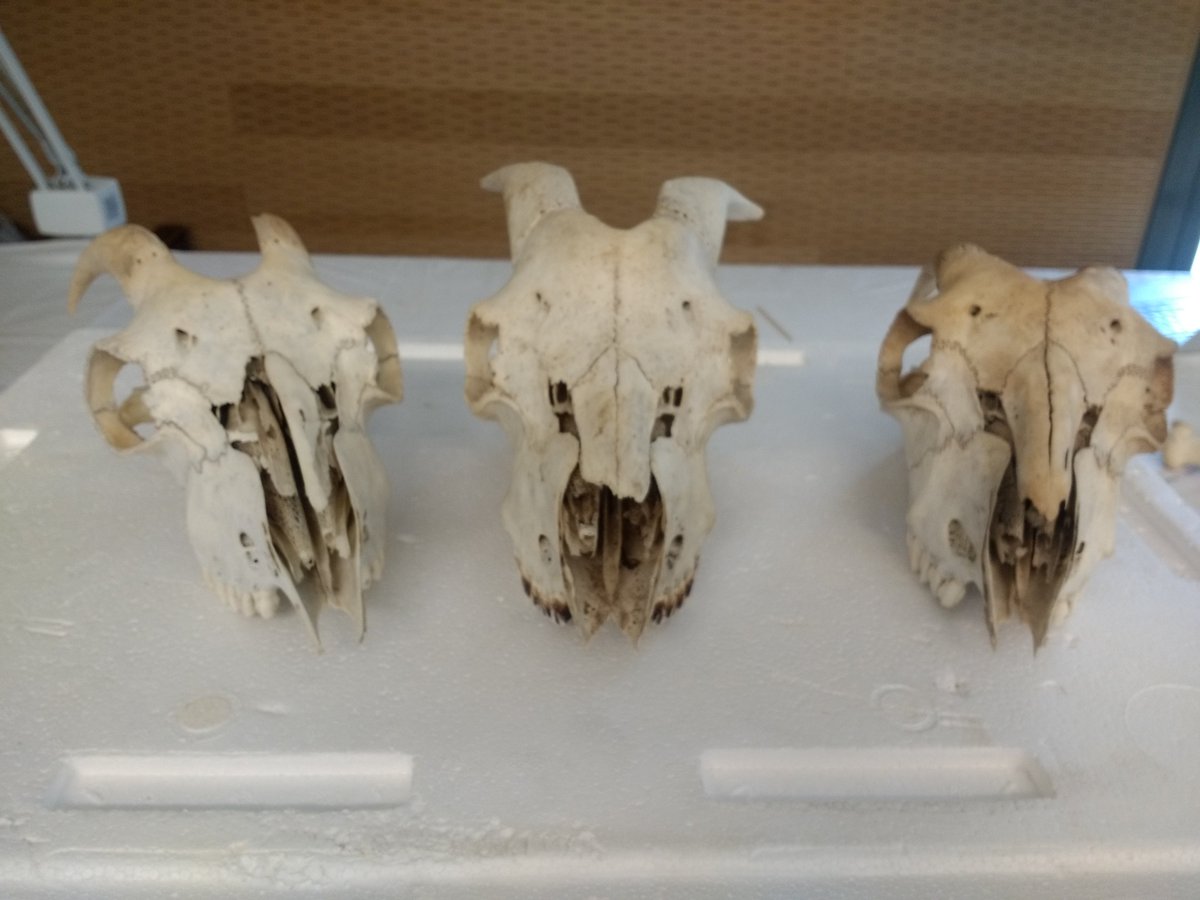
When we think of #Classics, ancient texts are often prioritized. Animals were an important topic for ancient authors
For example, according to the TLG the lemma hippos (horse) is the 13th most common term in Homer’s Iliad (417 mentions). Horses were important to epic warfare
/2
For example, according to the TLG the lemma hippos (horse) is the 13th most common term in Homer’s Iliad (417 mentions). Horses were important to epic warfare
/2
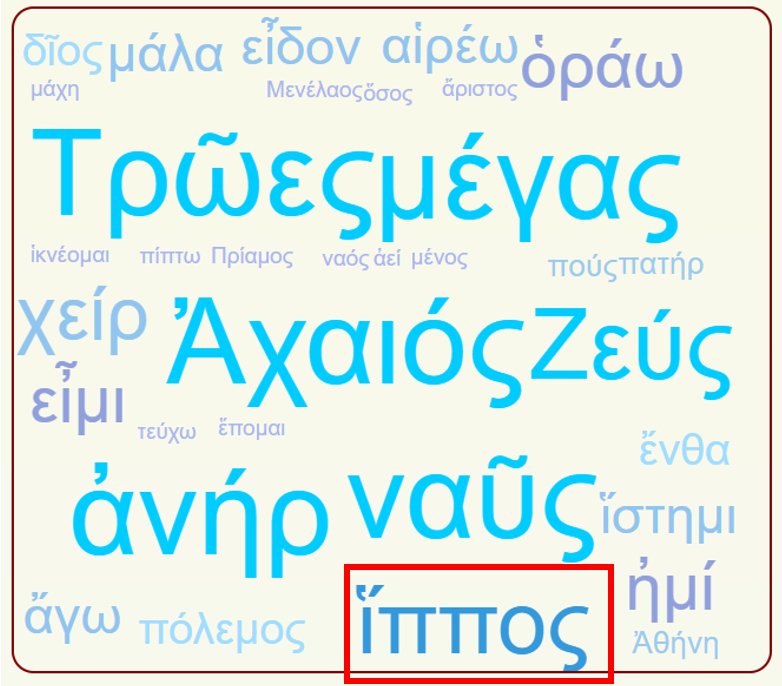
It’s no surprise that animals – especially plow oxen – are important to Hesiod’s agricultural poem Works and Days
But texts don’t tell the whole picture about #AncientAnimals
Pigs are only mentioned once in Hesiod: boars should be castrated on the 8th day of the month (WD 790)
/3
But texts don’t tell the whole picture about #AncientAnimals
Pigs are only mentioned once in Hesiod: boars should be castrated on the 8th day of the month (WD 790)
/3
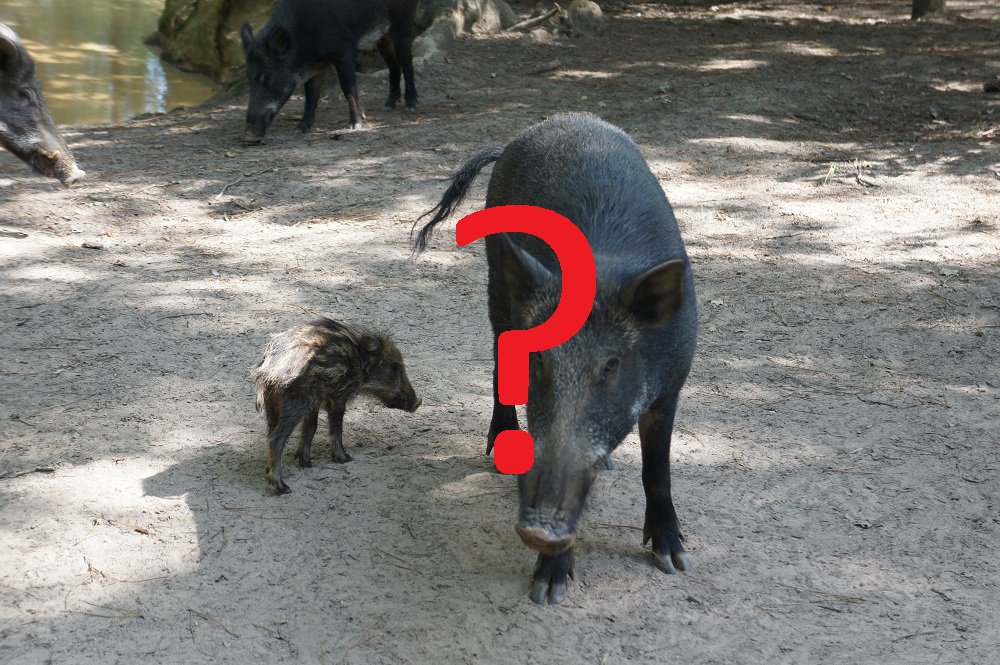
Dogs are frequently mentioned in texts and depicted in iconography as pets or hunting dogs, but I know of no references that mention eating dogs
Yet, every major faunal assemblage I’ve studied has at least one example of a butchered dog
The butchered jawbone here is from Crete
/4
Yet, every major faunal assemblage I’ve studied has at least one example of a butchered dog
The butchered jawbone here is from Crete
/4
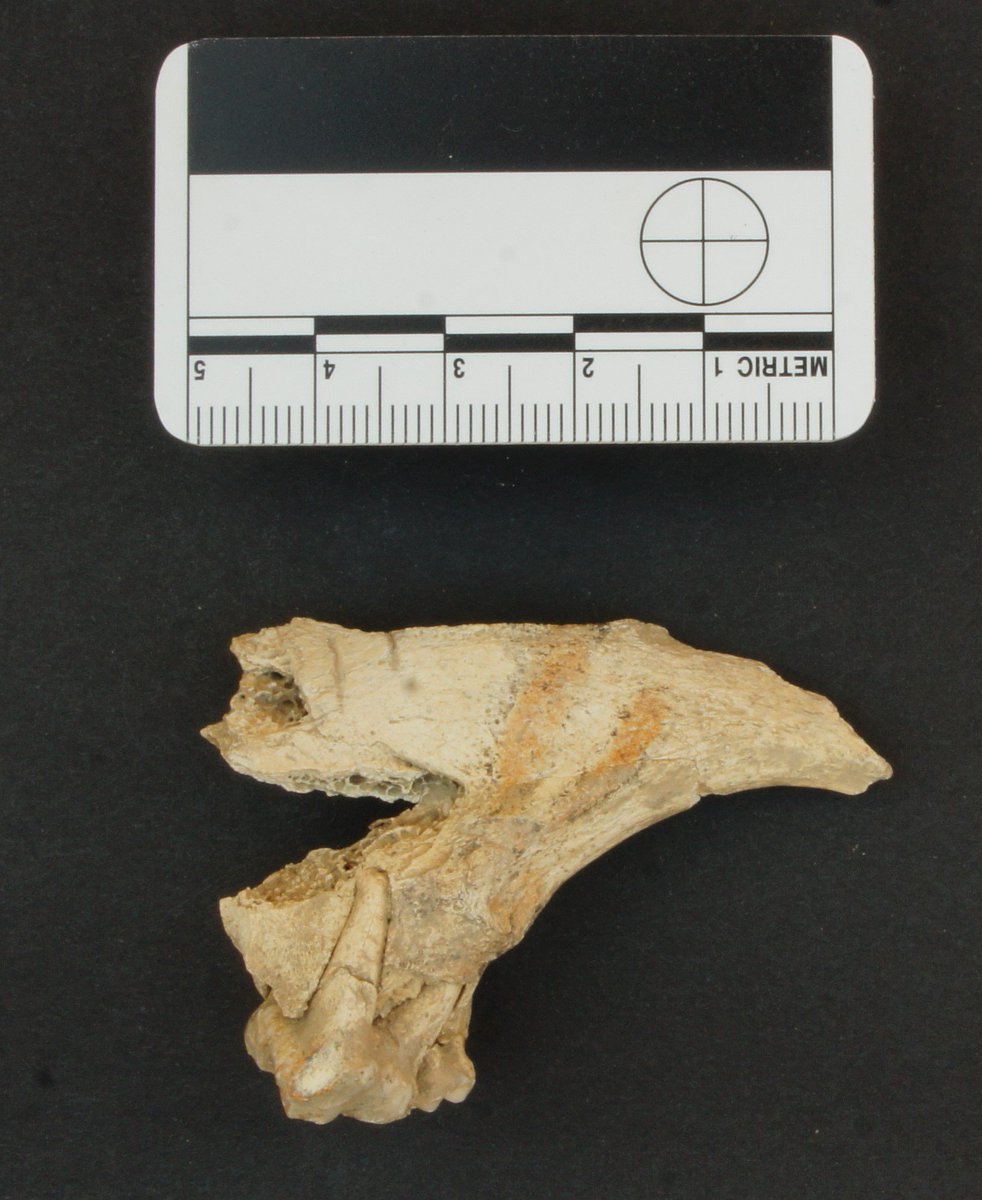
From hunting and battle scenes to stand alone paintings or figurines of domestic and exotic animals, animals are commonly displayed in ancient art too
We should not read these as photographs depicting the literal past
After all, #BlueMonkeys and mythical species are not real!
/5
We should not read these as photographs depicting the literal past
After all, #BlueMonkeys and mythical species are not real!
/5
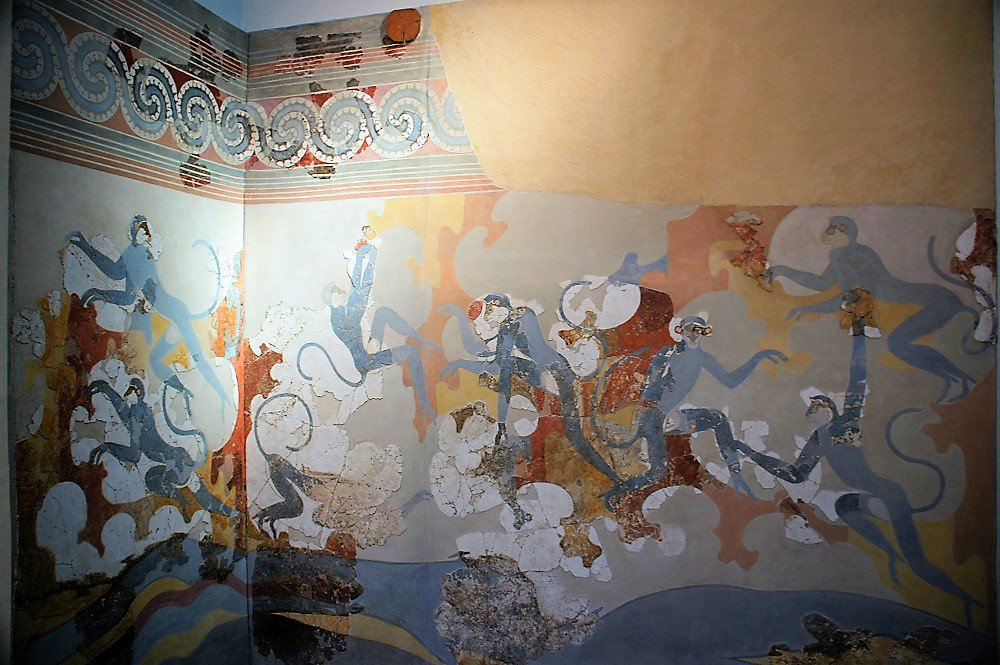
The iconography of animals or animal products is usually conventional, with details frequently depicted in shorthand or rapidly. The images below are not strips of meat
Notice the hooves, identifying them as legs?
Their floppy nature might make them deboned thighs
/6

Notice the hooves, identifying them as legs?
Their floppy nature might make them deboned thighs
/6

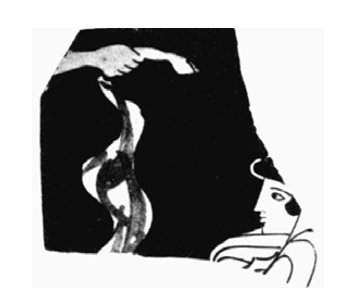
#AncientSacrifice involves the burning of animals, their body parts, or their bones
Most texts specify the burning of fat-wrapped thigh bones, but most images depict a curling tail on an altar
The curl is a sign of good luck
Experiments show the tail (almost) always curls…
/7
Most texts specify the burning of fat-wrapped thigh bones, but most images depict a curling tail on an altar
The curl is a sign of good luck
Experiments show the tail (almost) always curls…
/7

Yet as G. Ekroth & others have noted, the bones show more complexity within #AncientSacrifice
Thighs & tails are commonly burned but so are other elements From heads or horns to lower legs to jawbones and forelimbs
Different sites at different times show different patterns
/8
Thighs & tails are commonly burned but so are other elements From heads or horns to lower legs to jawbones and forelimbs
Different sites at different times show different patterns
/8
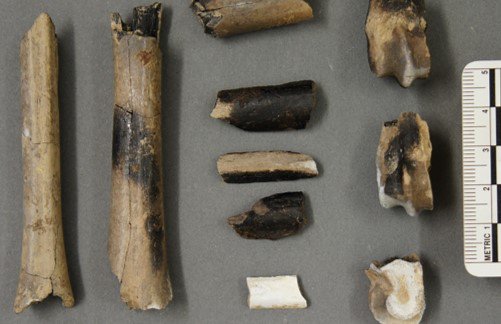
Animal bones and horn were also an important raw material, fashioned into ornaments and implements
Not only do we find finished products but also workshop refuse, adding to our understanding of ancient crafts
#Boneworking is similar to woodworking but bone survives more often
/9
Not only do we find finished products but also workshop refuse, adding to our understanding of ancient crafts
#Boneworking is similar to woodworking but bone survives more often
/9
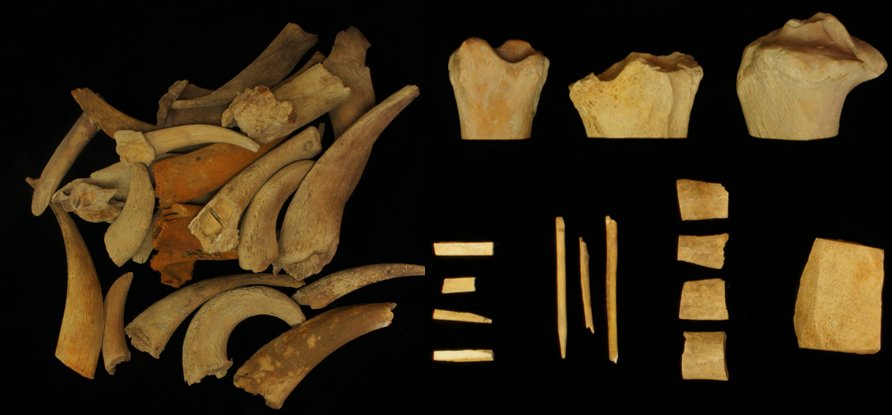
Animals were sometimes buried in cemeteries. These individuals provide a level of detail that most zooarchaeological assemblages do not. Most of the bones I see are a mixed jumble of broken up trash
Example: the recently discovered horse burials from the cemetery at Phaleron
/10
Example: the recently discovered horse burials from the cemetery at Phaleron
/10

Most animal remains we find are refuse from meals and feasts. Alongside dirt and coarseware pottery, animal bones are one of the most common finds in the ancient world
They aren’t pretty, but are really interesting
They tell a lot about food and even trash disposal
/11
They aren’t pretty, but are really interesting
They tell a lot about food and even trash disposal
/11
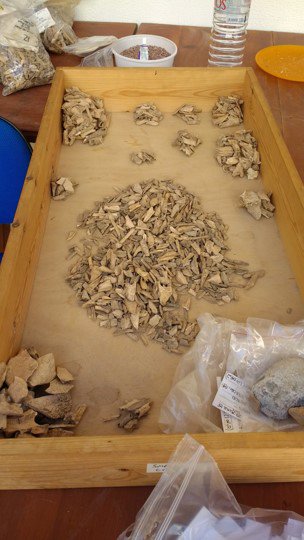
We need a large assemblage of bones to say something interesting about animal husbandry or butchery or feasting Very few broken specimens display a cutmark or a slaughtering age But those more specific details are what lead us to important conclusions
All bones and no play...
/12
All bones and no play...
/12
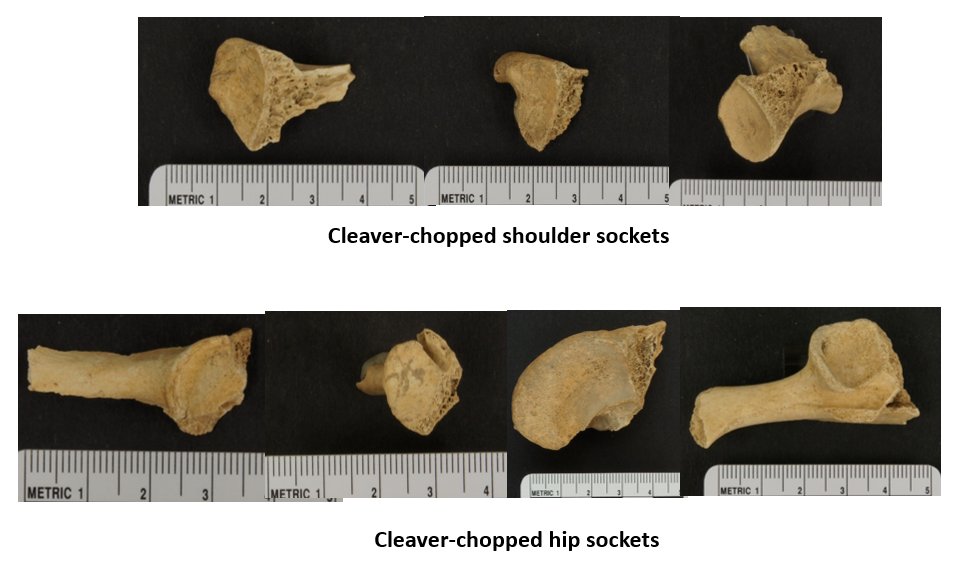
Stay tuned for more #ClassicalZooarchaeology
I’ll delve deeper into many topics, including my research & Postdoc project on zooarch of #Azoria at the #WienerLab of @ASCSAthens
If you have questions, ask!
And please share!
#scicomm #humanities #ClassicsTwitter #ZooarchTwitter
/end
I’ll delve deeper into many topics, including my research & Postdoc project on zooarch of #Azoria at the #WienerLab of @ASCSAthens
If you have questions, ask!
And please share!
#scicomm #humanities #ClassicsTwitter #ZooarchTwitter
/end

Refs
/1 Goat skulls from the #WienerLab @ASCSAthens
/2 Iliad word cloud from the Thesaurus Linguae Graecae
/3 Pigs from a French sanglier farm
/4 For more on butchered dog see L Snyder & W Klippel “From Lerna to Kastro: Further Thoughts on Dogs as Food in Ancient Greece”
/1 Goat skulls from the #WienerLab @ASCSAthens
/2 Iliad word cloud from the Thesaurus Linguae Graecae
/3 Pigs from a French sanglier farm
/4 For more on butchered dog see L Snyder & W Klippel “From Lerna to Kastro: Further Thoughts on Dogs as Food in Ancient Greece”
Refs
/5 Blue monkey fresco from Akrotiri, Thira Museum
/6 Deboned hindlimbs from V. Tsoukala “Honorary Shares of Sacrificial Meat in Attic Vase Painting” @ascsapubs
/7 Curling tail from G. Ekroth “Thighs or Tails? The Osteological Evidence as a Source for Greek Ritual Norms”
/5 Blue monkey fresco from Akrotiri, Thira Museum
/6 Deboned hindlimbs from V. Tsoukala “Honorary Shares of Sacrificial Meat in Attic Vase Painting” @ascsapubs
/7 Curling tail from G. Ekroth “Thighs or Tails? The Osteological Evidence as a Source for Greek Ritual Norms”
Refs (cont)
/8 Burned & articulating goat ankle
/9 Worked bone ornament & refuse
/10 For more on Phaleron cemetery see phaleron.digital-ascsa.org
/11 Lots o’ bones in this bag
/12 Cleaver chopped shoulder and hip joints
*All unattributed photos by Joni Martini (my wife) or me
/8 Burned & articulating goat ankle
/9 Worked bone ornament & refuse
/10 For more on Phaleron cemetery see phaleron.digital-ascsa.org
/11 Lots o’ bones in this bag
/12 Cleaver chopped shoulder and hip joints
*All unattributed photos by Joni Martini (my wife) or me
I should have tagged @victsoukala in these images (citation to her Hesperia article is in references to this thread)
• • •
Missing some Tweet in this thread? You can try to
force a refresh


